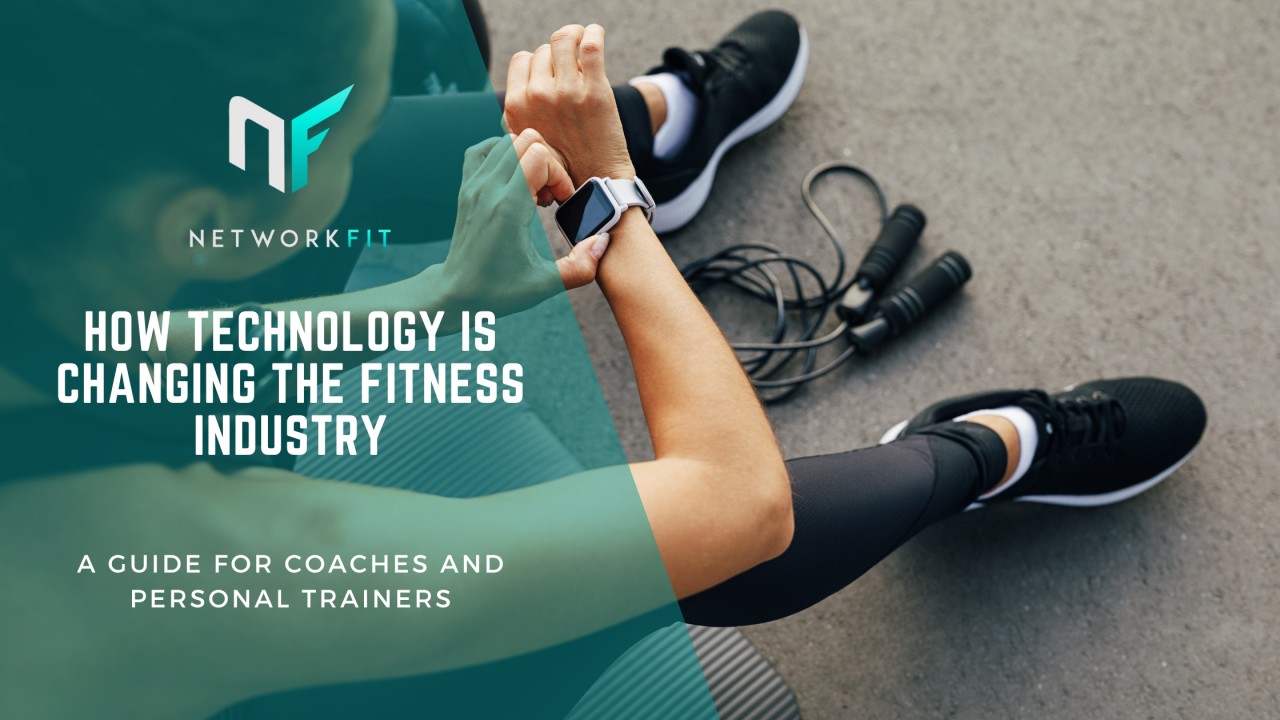The health and fitness industry, once heavily reliant on in-person consultations, gym memberships, and static workout routines, has been utterly transformed by the relentless march of technology. We are currently witnessing a revolution where digital innovation is empowering individuals with unprecedented control over their well-being, personalizing fitness journeys, and making health monitoring more accessible and insightful than ever before. This seismic shift, driven by advancements in wearable tech, Artificial Intelligence (AI), virtual reality (VR), and interconnected platforms, is not merely enhancing existing services but fundamentally redefining how we approach wellness in our daily lives.
At the forefront of this revolution are **wearable technologies**. Devices like smartwatches, fitness trackers, and smart rings have evolved far beyond simple step counters. They are now sophisticated health monitoring hubs, continuously collecting a wealth of biometric data in real-time. Metrics such as heart rate, sleep quality and patterns (including REM and deep sleep cycles), blood oxygen levels, skin temperature, and even heart rate variability (HRV) are seamlessly captured and analyzed. This proliferation of real-time data provides users with deep, actionable insights into their physical condition, recovery status, and overall well-being. For an individual in Bangkok training for a marathon, a wearable might provide immediate feedback on their running pace and heart rate zones, then suggest optimal recovery times based on their sleep quality, helping them prevent overtraining and optimize performance. This data-driven approach empowers individuals to make informed decisions, transforming passive monitoring into active self-management.
Complementing wearable technology is the pervasive integration of **Artificial Intelligence (AI)**, which has become a cornerstone of personalized fitness. AI algorithms analyze the vast datasets generated by wearables and user input to create highly customized workout plans, nutritional guidance, and recovery protocols. Unlike generic training programs, AI-driven platforms can adapt dynamically to a user’s progress, fatigue levels, and specific goals. For instance, an AI fitness app might observe a user consistently struggling with a particular exercise and then suggest modifications or alternative movements. It can also predict potential health issues, like overtraining or dehydration, based on biometric data, providing early warnings and recommendations. This intelligent personalization makes fitness more effective, efficient, and engaging, akin to having a highly responsive personal trainer constantly adapting to your needs, but often at a fraction of the cost.
The digital revolution has also birthed the phenomenon of **virtual and augmented reality (VR/AR) in fitness**. These immersive technologies are transforming exercise from a potentially monotonous chore into an exciting and engaging experience. VR fitness platforms transport users to virtual worlds where they can cycle through scenic landscapes, box against digital opponents, or participate in interactive dance classes. Games like Beat Saber, while seemingly just entertainment, provide intense cardio and upper-body workouts within a fun, engaging environment. AR, meanwhile, overlays digital information onto the real world, allowing users to follow virtual trainers in their living rooms, see real-time workout stats projected onto a mirror, or even visualize proper exercise form through digital overlays. These immersive experiences combat exercise monotony, boost motivation, and make fitness more accessible to those who might prefer to work out from the comfort of their homes.
Furthermore, the rise of **telemedicine and virtual coaching** has bridged geographical gaps and increased accessibility to expert guidance. The ability to connect with certified personal trainers, nutritionists, or even physical therapists remotely via video calls has democratized access to professional health advice. This is particularly beneficial for individuals in remote areas or those with busy schedules who may struggle to attend in-person appointments. Tele-exercise programs, leveraging technology for remote delivery and monitoring, have shown promising potential in improving physical fitness and psychological well-being, even for healthy populations, as research has indicated. This blend of remote expertise and technology allows for personalized support and accountability regardless of physical location.
The growing emphasis on **holistic wellness** is another area where technology is playing a pivotal role. Modern health and fitness tech extends beyond just physical activity to encompass mental well-being, sleep optimization, and even stress management. Apps offering guided meditation, mindfulness exercises, and sleep tracking features are increasingly integrated into overall wellness platforms. Wearables are starting to measure stress levels through skin conductivity or heart rate variability, offering proactive recommendations for relaxation techniques. This comprehensive approach recognizes that true well-being is multifaceted, and technology is providing the tools to monitor and improve all aspects of health.
Finally, the concept of **gamification** has injected a powerful motivational element into the health and fitness journey. By incorporating game-like elements such as points, badges, leaderboards, challenges, and rewards into fitness apps and programs, technology taps into intrinsic human desires for achievement, competition, and social interaction. Strava, for example, allows users to compete with friends on running segments, while many apps offer virtual badges for hitting milestones. This turns fitness into a more engaging and addictive pursuit, encouraging consistency and adherence to exercise routines. The social features within many fitness apps also foster a sense of community and peer support, providing an additional layer of motivation and accountability.
In conclusion, technology is not just disrupting but actively revolutionizing the health and fitness industry, making it more personalized, accessible, engaging, and data-driven than ever before. From wearable devices that empower self-monitoring to AI-driven coaching that adapts to individual needs, and from immersive VR workouts to the integration of holistic wellness practices, innovation continues to push the boundaries of what’s possible. While challenges related to data privacy and the digital divide persist, the trajectory is clear: technology will continue to be the primary engine driving individuals towards healthier, more fulfilling lives, transforming health and fitness from a niche pursuit into an integrated and intelligent component of everyday living.





